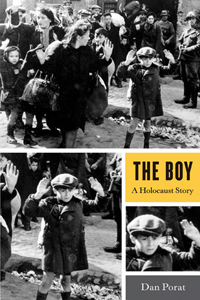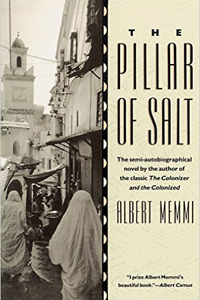Welcome to the 25th issue of Teaching the Legacy. This edition focuses on the fate of the Jews of North Africa during the Holocaust. We feel that this is an important topic, as only recently has it been officially acknowledged that the Jews of North Africa faced the looming prospect of systematic mass murder and the Final Solution – yet unlike the Jews of Europe, they had the fortune to be saved as the tide of the war turned in favor of the Allied armies.
The main article discusses this acknowledgment, and the factual bases for the assertion that the Jews of North Africa would have met the same fate as the Jews of Europe. There are also articles on the Jews of Libya and on the Jews of French North Africa (Algeria, Morocco and Tunisia), which give some factual background as to exactly what did occur in these countries during the war years. We are proud that this newsletter features an interview with Benjamin Doron (Dadush), himself a child survivor from Libya, who made aliyah after the war and fought in the Palmach and the Israeli army. There is also an accompanying teacher’s guide that can be used by educators to discuss the day-to-day life of the Jews in Libya before World War II.
As always, the newsletter features new publications, book reviews, and updates on recent and upcoming activities at the International School for Holocaust Studies and across Yad Vashem. We hope you find this issue interesting and resourceful, and we look forward to your feedback. We hope you find this issue interesting and resourceful, and we look forward to your feedback.
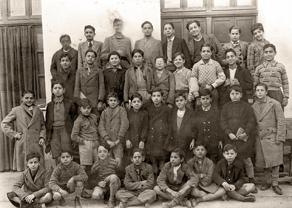
The Jews of North Africa
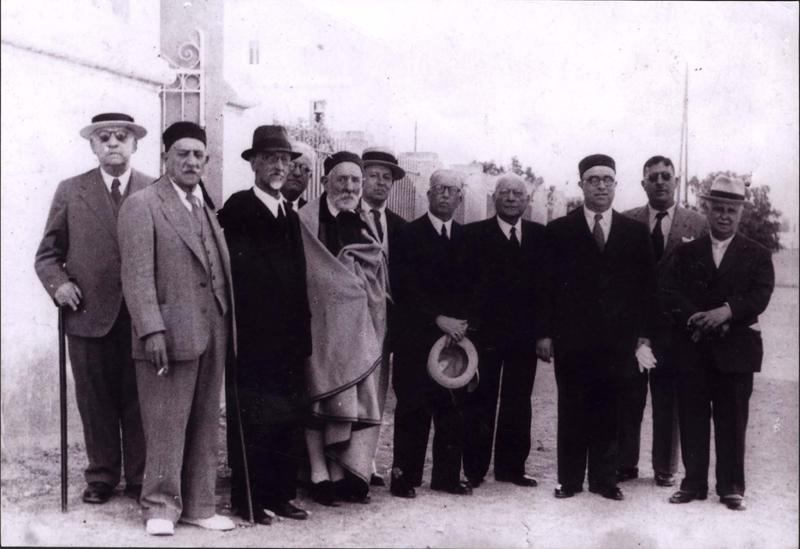
The Jews of Algeria, Morocco and Tunisia
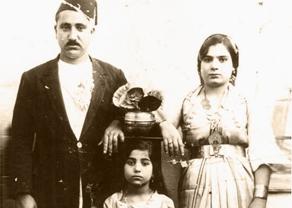
The Jews of Libya
The modern history of Libya can be dated from 1911, when Libya became an Italian colony. Indeed, the fact that Libya was an Italian colony and did not fall under the Vichy regime in France made the fate of the Jews of Libya different from that of the Jews of Algeria, Morocco and Tunisia. In the early twentieth century, much...
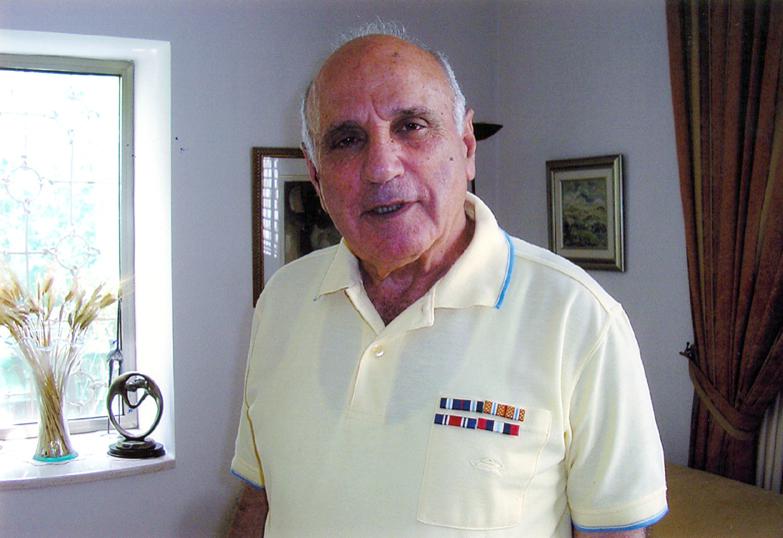
Interview with Benjamin Doron, Child Survivor from Libya
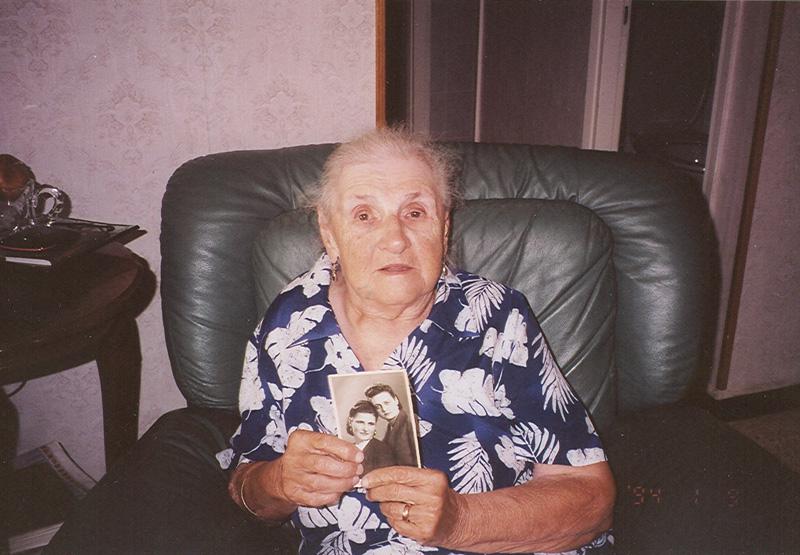
Righteous Among the Nations: Vladimir and Galina Imshennik
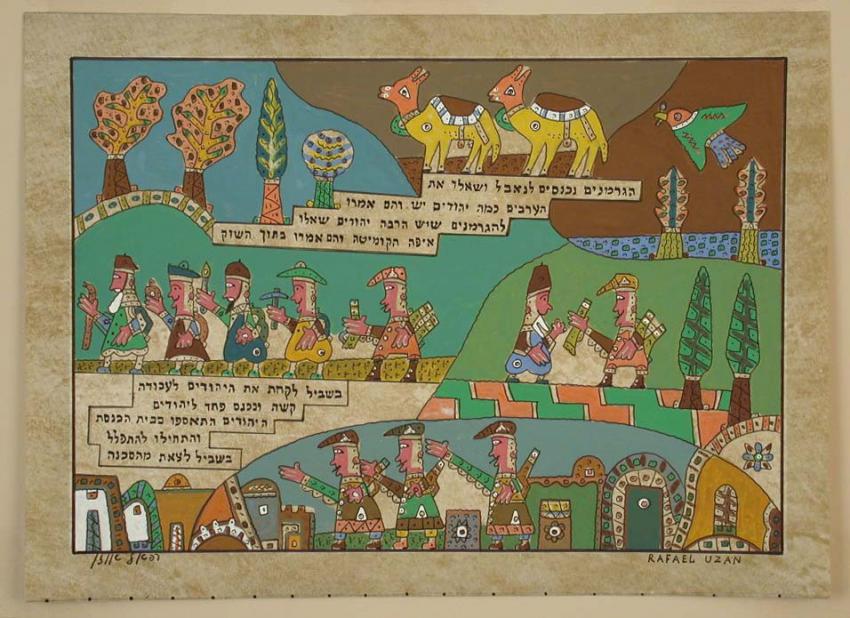
Artifacts from North Africa
The painting belongs to the Yad Vashem Art Collection, and was a gift of the artist.




